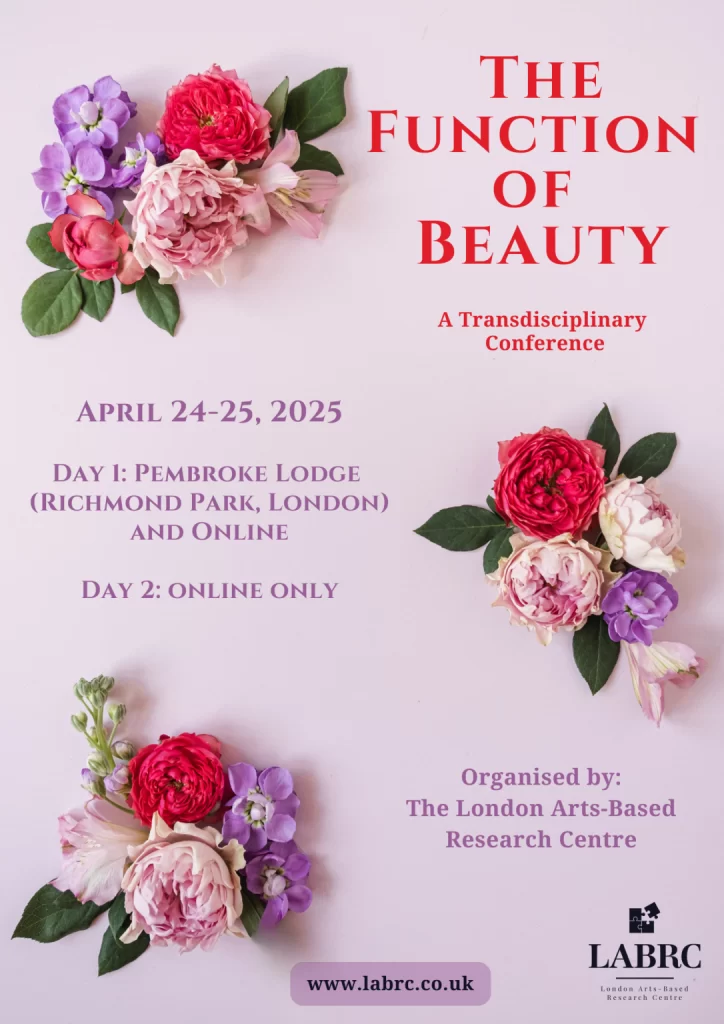There are moments when a single sentence in a book quietly lingers — not because it is loud or dramatic, but because it feels familiar. This is what happened when I read Nikos Kazantzakis’ Travelling: Japan–China, and encountered his descriptions of a world where simplicity is not emptiness, but essence. I didn’t expect that this modest travel narrative from 1935 would guide me back to a question I had been silently carrying for years: What is beauty when it’s no longer spectacle, but presence?
This reflection became the heart of my upcoming presentation at The Function of Beauty: A Transdisciplinary Conference, which will take place this April at Pembroke Lodge, Richmond Park in London. Preparing for this conference, I felt drawn to explore beauty through the lens of Everyday Aesthetics — a field that suggests beauty is not reserved for art galleries or exotic landscapes. It exists in gestures, in daily rituals, in how we arrange our spaces and how we move through them.
Through Kazantzakis’ eyes, I saw a Japan that doesn’t impose beauty, but cultivates it — gently, purposefully, almost invisibly. From the architecture of tea rooms to the choreography of daily conduct, everything he observed seemed to echo a shared sensitivity: tidiness, quiet harmony, attentiveness. These values, deeply aesthetic in nature, are also ethical. They shape not just how something looks, but how it feels, and more importantly, how it affects those who experience it.
In today’s culture of speed and surface, returning to these principles feels urgent. Not as nostalgia, but as an act of care. Perhaps beauty, when understood as a form of presence, is a way to reconnect — with our environment, with each other, and with ourselves. It doesn’t demand perfection. It simply invites us to notice.








Leave a Reply